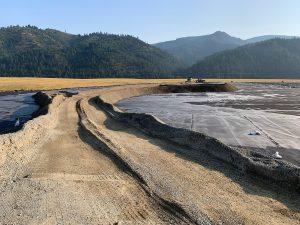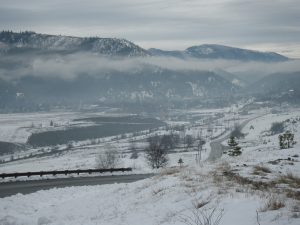Month: October 2024
THE DIRT: Local Students Show Us How to Avoid Lead Exposure
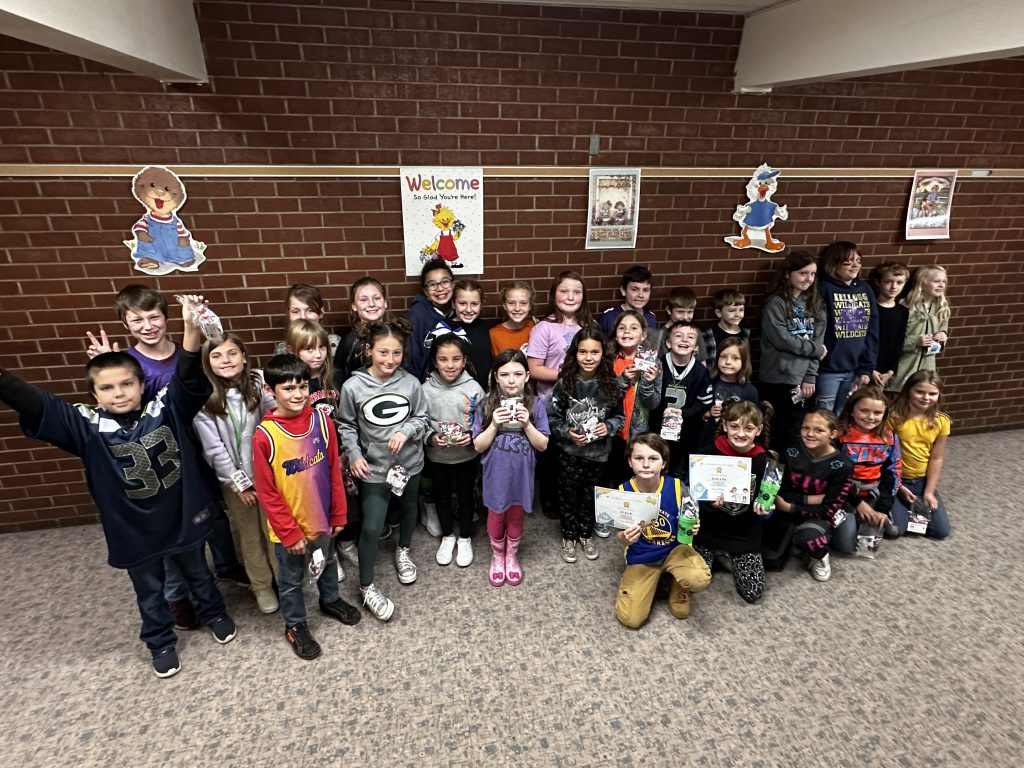
Panhandle Health District’s Lead Health Intervention Program (LHIP) has recently completed the second year of its Lead Awareness Poster Contest.
Each year, area third through fifth-grade students are asked to create posters demonstrating how to avoid lead exposure. These posters allow students to showcase what they learn each spring when PHD’s LHIP visits each area school to teach students how to avoid lead exposure through fun, interactive lessons.
This year Harrison Elementary, Pinehurst Elementary, and Silver Valley Christian Academy students submitted a total of 58 posters for consideration. The winners of this year’s contest include Roscoe Rauch, from Harrison Elementary, and Hyrum Creswell and Madison Johnson, both from Pinehurst Elementary.
All students’ posters were proudly displayed in honor of Lead Poisoning Prevention Week October 20th – 26th. The posters will remain on display through November 8th to give the public a chance to admire the students’ hard work.
Feel free to stop by PHD’s Kellogg office anytime Monday through Friday from 8 a.m. to 5 p.m. at 35 Wildcat Way in Kellogg, Idaho.
Please contact PHD at 208-783-0707 for more information about this contest or to learn ways to avoid lead exposure in our area.
The Dirt is a series of informative articles focused on all aspects of cleanup efforts associated with the Bunker Hill Superfund Site. Our goal is to promote community awareness of contamination issues, to provide tools for protecting public health, and to keep the community informed of current and future cleanup projects. The Dirt is a group of committed and local experts from multiple agencies including the Basin Environmental Improvement Project Commission, Panhandle Health District, Shoshone County, Silver Valley Economic Development Committee, and the Idaho Department of Environmental Quality.
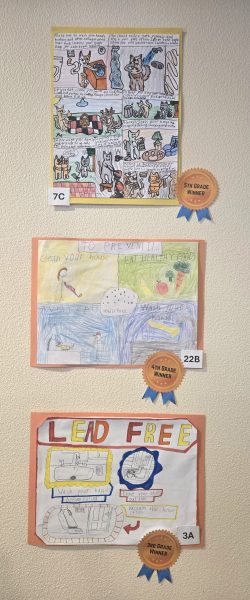
THE DIRT: Understanding the Coeur d’Alene Work Trust
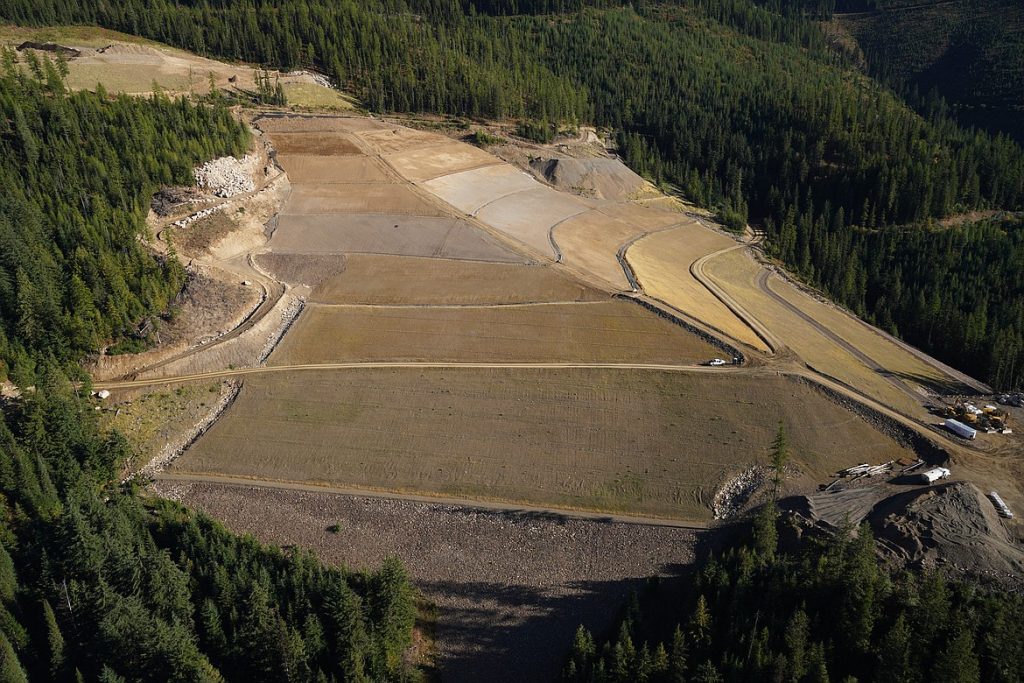
The cleanup work being done in the “Basin” of the Bunker Hill Superfund Site is funded in a unique and sustainable way. When a potential responsible party is identified at a Superfund Site, the EPA works to pursue all sources of funds to ensure the responsible party pays for cleanup and not taxpayers. In 2009, ASARCO applied for bankruptcy allowing the EPA to pursue environmental claims resulting in a settlement that must go toward environmental cleanup and restoration at the Bunker Hill Superfund Site. The settlement from the Asarco bankruptcy was placed with the Coeur d’Alene Work Trust (Trust) to support cleanup work for this area.
The Trust is a product of that ASARCO settlement and is an environmental remediation trust which allows management of settlement funds while also paying for environmental remediation. Its beneficiary is the Environmental Protection Agency (EPA), with assets mainly consisting of money and properties. This collaborative effort is highly effective as both parties work together to complete the cleanup work. Their procurement process uses the marketplace to achieve the best value possible. EPA decides what environmental actions the Trust undertakes and approves their annual budget which currently stands at $30 million a year. The Trust and EPA have settled on a 10-year prioritization and planning tool, meeting several times a year to talk about future challenges and how best to proceed.
The Trust is very well defined on costs and cleanup, as these funds must be used in the Upper and Lower Basin, not in the original 21-square mile “Box” where other settlement agreements are set aside for those costs. Upper Basin remedial actions include work such as repository management, stream and riparian stabilization, and source control at mine and mill sites. Work in the Lower Basin includes recreational areas, wetlands, and work in the river, which will eventually start with pilot projects in the Dudley and Cataldo Reaches.
The Trust started at just over $436 million and has spent $234 million so far. The current value of the Trust is $618 million. Their gross investment continues to grow, earning sufficient money to pay for the Upper Basin Record of Decision (ROD) and fund additional Lower Basin projects as well. Their portfolio is conservative with investments into different types of securities with very slow or rare changes made.
Another focus of the Trust is local labor. Currently, 80% of the construction workforce must come from the three local Idaho counties. In 2023, 86% of construction contractors and sub-contractors working on the site were local. They estimate over the last 14 years, the economic impact has been over $200 million.
The Dirt is a series of informative articles focused on all aspects of cleanup efforts associated with the Bunker Hill Superfund Site. Our goal is to promote community awareness of contamination issues, to provide tools for protecting public health, and to keep the community informed of current and future cleanup projects. The Dirt is a group of committed and local experts from multiple agencies including the Basin Environmental Improvement Project Commission, Panhandle Health District, Shoshone County, Silver Valley Economic Development Committee, and the Idaho Department of Environmental Quality.
THE DIRT: 30-year Water Quality Trends show improvements are being made
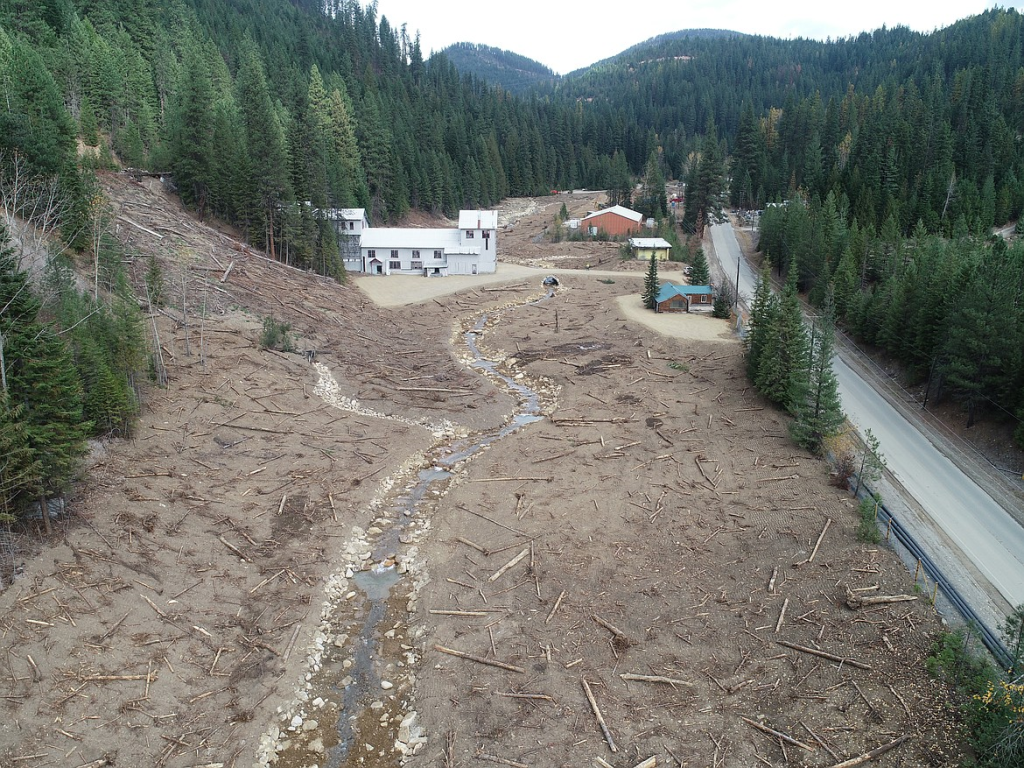
Water quality data was collected throughout the Bunker Hill Superfund Site before remediation work began, giving a reference point to compare data as work is completed. The United States Geological Survey (USGS) recently studied data going back 30 years to determine if water quality has improved after decades of remedial work.
Data from 1990 to 2018 indicate there is a dramatic downward trend in dissolved zinc concentration and loads throughout the South Fork Coeur d’Alene (SFCDA) River and Main Coeur d’Alene (CDA) River to the Spokane River. The total lead concentrations and loads also decreased at Pinehurst and Spokane River locations, but at Harrison, data indicates there may be a slight increase. Overall, total lead concentrations and loads have decreased 25-75% over this period except for loads at Harrison.
The USGS observed a sharp decrease in dissolved zinc concentrations and loads during the first part of the 30-year trend but that decrease flattened out over time. Similarly, total lead initially trended downward at most of the locations sampled with the exception of Harrison where an increase was observed from 1999-2009 and a flat trend in more recent years.
Previous work indicated that most of the dissolved zinc is coming from the SFCDA River from sources such as groundwater from the Central Impoundment Area. The majority of particulate lead is coming from the main stem of the CDA River where contaminated sediment that has been transported downstream from historic mining activity and deposited throughout the Basin continues to enter the waterway.
From 2003 to 2018, the SFCDA River remained the main source of dissolved zinc. Also, similar amounts of zinc entered and exited Lake Coeur d’Alene most years. Lead is a different story, with the majority still coming from the main stem of the CDA River including the lateral lakes, wetlands, and floodplains. Upward or flat trends are seen at Harrison as much lead is still in the system. Only limited remedial activities have occurred on the mainstem CDA River to date, so lead loads have not decreased.
These trends show water quality improvements have been made through remediation work and the Central Treatment Plant upgrades. This study provides evidence that remediation work is improving water quality and also points to areas that still need attention.
The Dirt is a series of informative articles focused on all aspects of cleanup efforts associated with the Bunker Hill Superfund Site. Our goal is to promote community awareness of contamination issues, to provide tools for protecting public health, and to keep the community informed of current and future cleanup projects. The Dirt is a group of committed and local experts from multiple agencies including the Basin Environmental Improvement Project Commission, Panhandle Health District, Shoshone County, Silver Valley Economic Development Corporation, and the Idaho Department of Environmental Quality.

